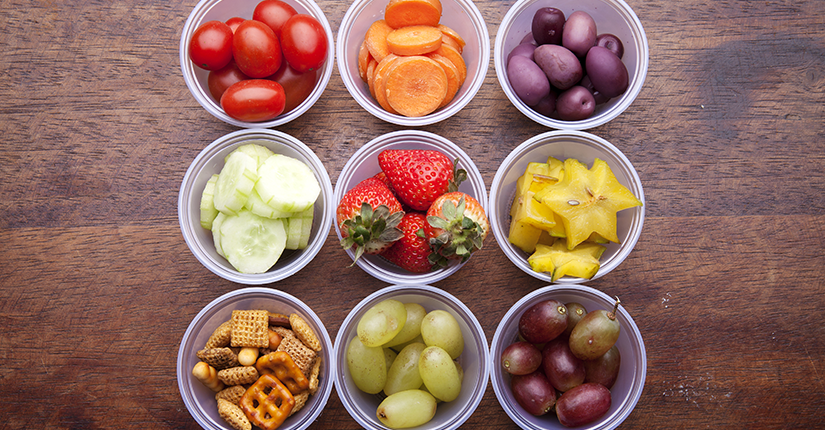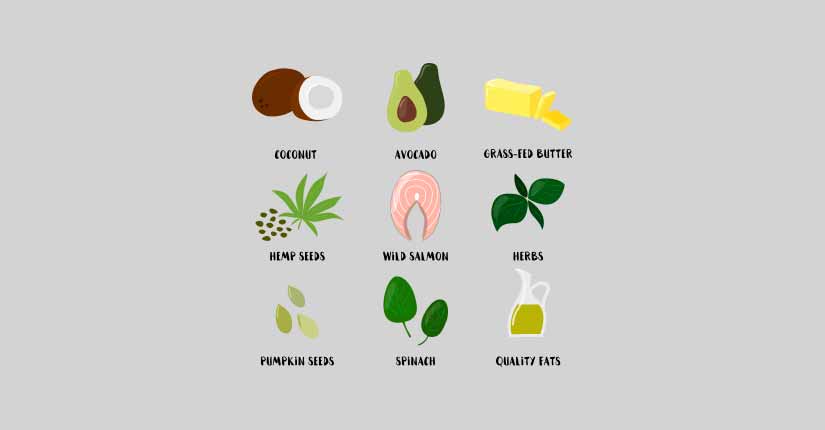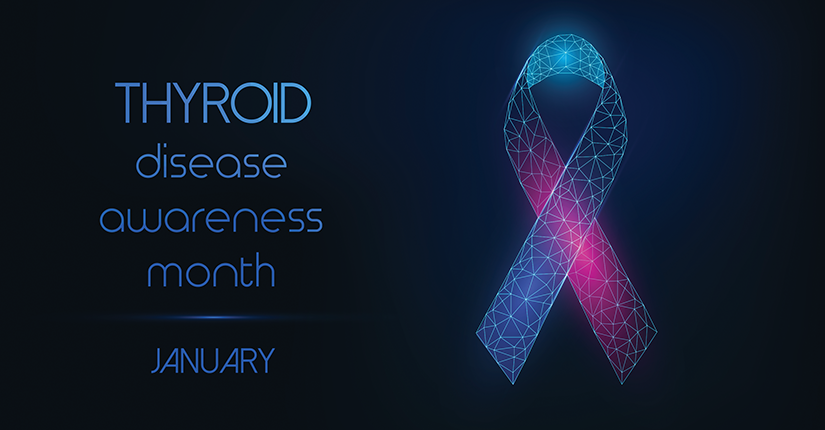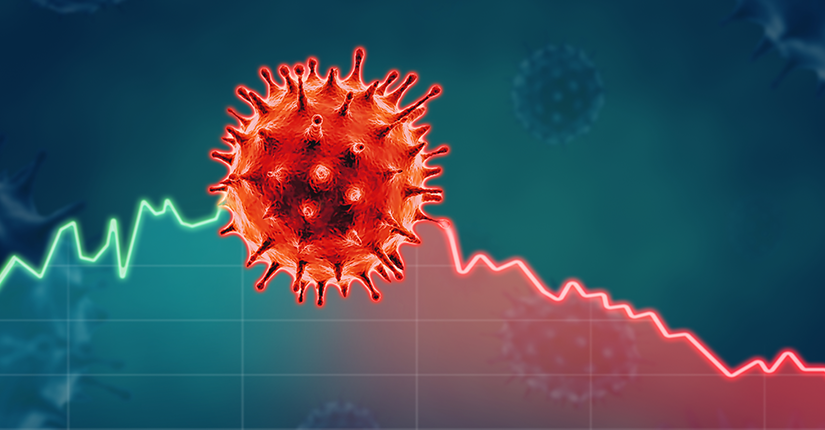Therapeutic Dietary Guidelines for Lupus
By Nmami Agarwal 02-May 2020 Reading Time: 4 Mins

Lupus is an autoimmune disease in which the body’s immune system tears down its own tissues and organs. This causes an inflammatory reaction throughout the body which causes damage to the cells. The immune system gets hyperactive and starts overreacting by destroying healthy tissues and cells in the body. The actual cause which instigates this reaction is still not known. Lupus is hard to diagnose. In most cases, it is mild in the beginning but the condition gets worse and severe if it goes untreated for a long time.
The symptoms of this disease depend on which part of the body has been affected. It has a tendency to damage the heart, liver, lungs, blood, kidney, joints and brain. These are some common signs and symptoms that are seen in most cases of lupus:
- Joint pain or stiffness
- Fatigue
- A butterfly-shaped rash on the face
- Memory loss
- Inflammation
- High fever
- Headaches and confusion
- Skin lesions
- Chest pain
With no definitive cause of lupus, there is no treatment or medication to cure this disease but the main focus is on reducing the symptoms. A family history of lupus increases the risk of a person developing the disease.
One medication to treat lupus is to follow a healthy diet. The aim of a nutritious diet for a lupus patient is to reduce inflammation, strengthening the bones and muscles, reduce the risk of heart diseases and maintain a healthy weight. Today we will share with you the dietary guidelines to cure and manage the symptoms of lupus.
- Omega 3 fatty acids: Flaxseed, fish, nuts, chia seeds, fish oils, salmon, sardines, walnut, canola oil, and tuna can combat inflammation and improves the blood pressure, reducing the risk of any heart disease or stroke. Avoid eating red meat.
- Calcium and Vitamin D: Maintaining healthy and strong bones is crucial for people suffering from lupus. The treatment of lupus can damage bone health making them less dense and friable. Foods such as milk, low-fat yogurt, and cheese are a good source of calcium and vitamin to strengthen and harden the bones and muscles.
- Fruits and vegetables: Add a range of colors to your diet with fruits and vegetables rich with antioxidants and inflammatory properties such as blueberries, oranges, peaches, watermelon, strawberries, kale, beans, spinach, broccoli, avocado and lettuce to reduce inflammation.
- Whole grain: Brown rice, millet, corn, whole grain bread, quinoa, oats, barley, whole wheat crackers, bread, and pasta are good sources of fiber and antioxidants to cure the symptoms of lupus.
Footnote
Millions of people suffer from lupus worldwide making it a very common disease. No specific cause is known that triggers this disease. Dealing and managing symptoms is the only method to take up. Switch to a well-balanced and nourishing diet to reduce the symptoms of lupus.





















